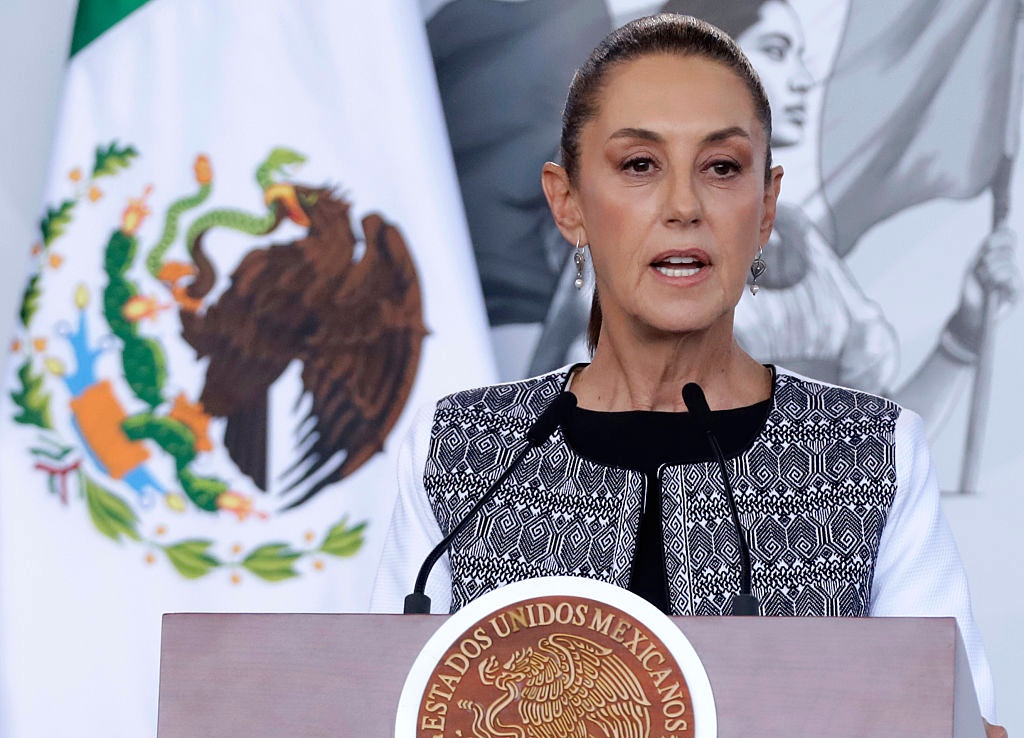Lined by purple jacaranda trees and lush tepozanes, the walkable streets of Mexico City’s Condesa neighborhood connect a dense urban environment where contemporary apartment towers rise alongside squat multifamily buildings designed in a mix of architectural styles. Surrounded by bustling cafés, creameries, and art galleries, a public park draws passersby who pause to enjoy an impromptu jazz concert.
North America’s largest metropolis is an urbanist’s dream — but also a cautionary tale of progressive ideas turned sour.
In the early 2000s, the city’s government, under then mayor and future president Andrés Manuel López Obrador (AMLO), embarked on an ambitious plan to curb urban sprawl by densifying the four central boroughs where employment centers concentrate: Cuauhtémoc, Miguel Hidalgo, Benito Juárez, and Venustiano Carranza. Meanwhile, revitalization programs were set in motion to improve the infrastructure of neglected neighborhoods in the city’s center, including Condesa and Roma, which had been losing residents since the 1985 earthquake.
The strategy succeeded in drawing real estate investment into the city’s center. But as zoning laws were relaxed and incentives rolled out, the resulting development boom drove up prices and displaced roughly one hundred thousand residents from the central boroughs. Housing affordability became the plan’s most serious causality.
“The city’s government has made significant efforts to improve access to housing for lower income residents,” says Anavel Monterrubio, a professor of urban…
Auteur: Ximena González

